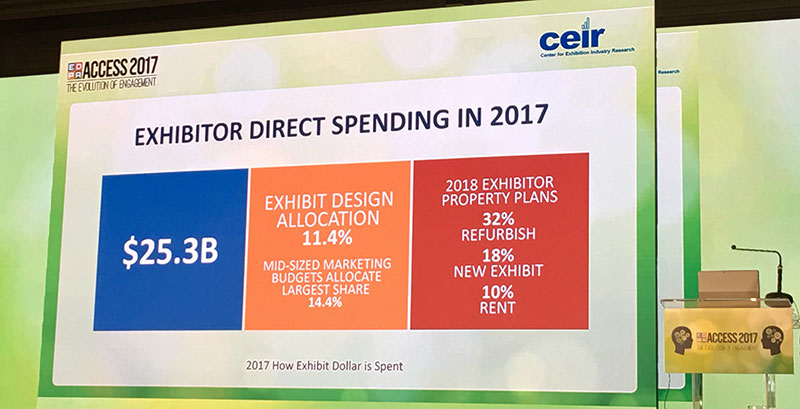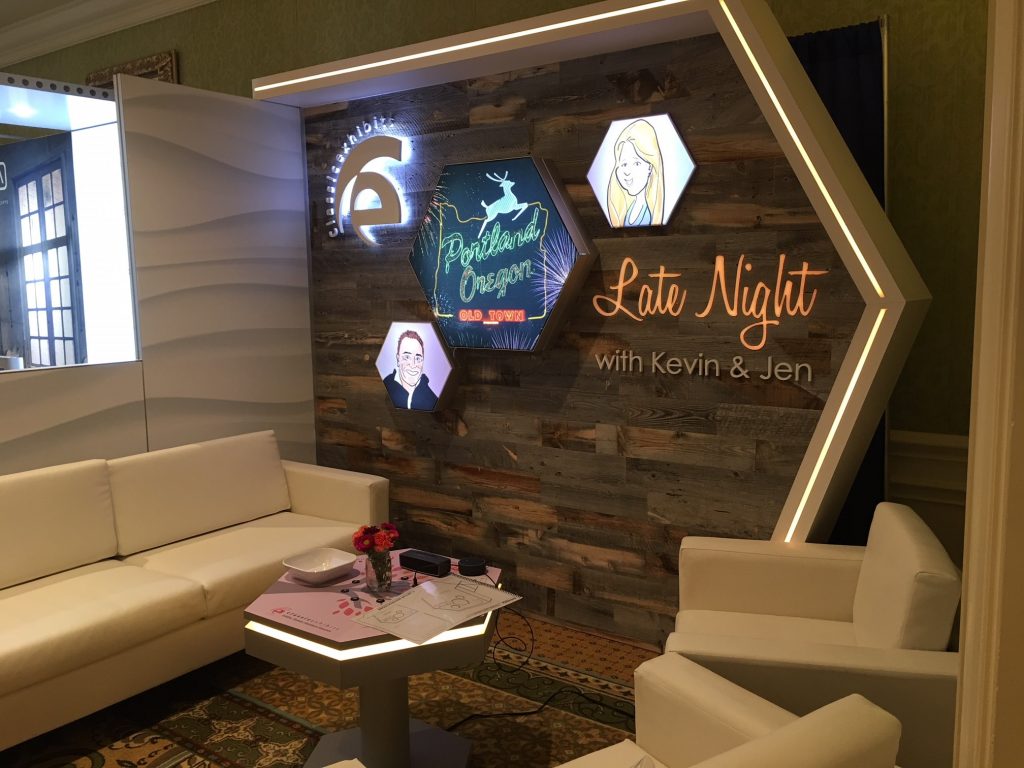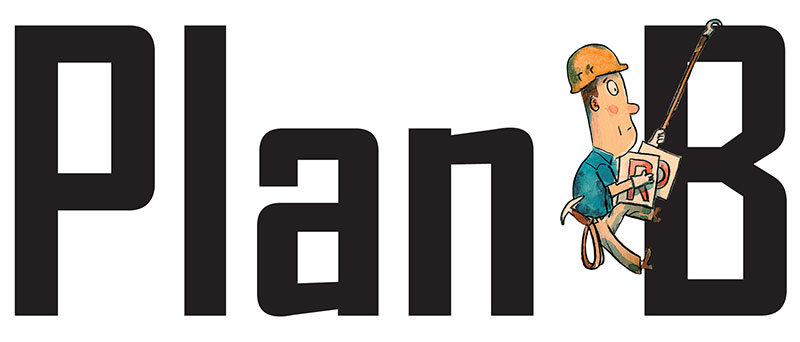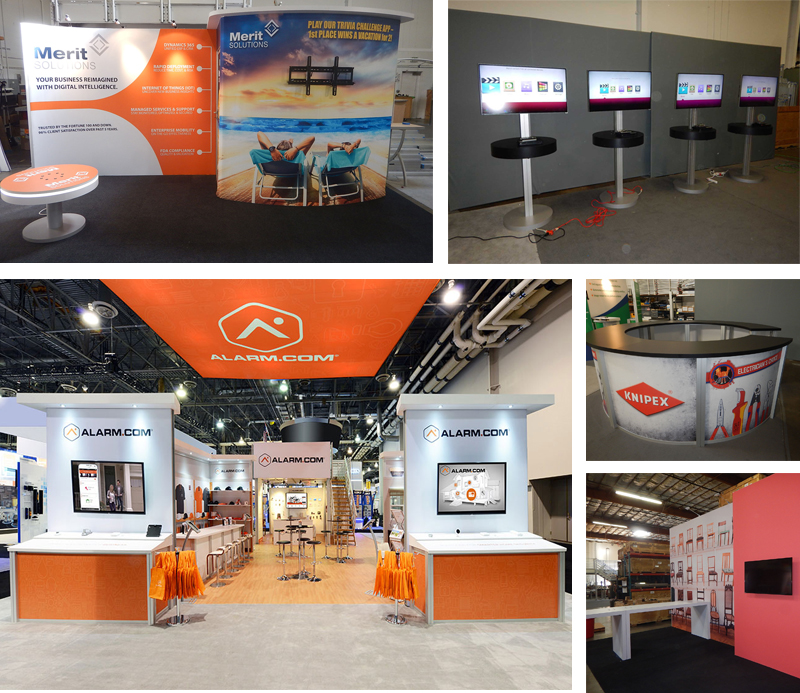Greetings from the Great Northwest
It’s December and almost Christmas, which means I am just as busy away from work as I am at work. I trust you had a great Thanksgiving and have amazing plans for Christmas and New Year’s.
Last week, I attended EDPA Access which was held in beautiful Carlsbad, California at the Park Hyatt Aviara Resort. Let me say, as someone who has been a member of EDPA for more than a decade, this was easily one of the Top 3 venues ever. Great layout, outstanding services, beautiful facilities, and much more.
From start to finish, the content was on point, applicable to every business in our industry, and well organized. Our industry is changing because of how our customers do business. And it will continue to change. The next generation of exhibit marketing professionals are calling on us to serve them in different ways than in the past. EDPA started to address this change by replacing the “E” in EDPA to “Experiential” (from “Exhibit”).
Exhibits and events, once thought to be separate things, are more and more the same. And the Exhibit/Experiential Marketing Professionals of today are largely driving this with “Emotion-Driving Experiences” being a leading theme. What does that mean? Regardless of what a person or company is buying, they expect an emotional connection with the product or the team presenting it to them.
We spend 90 percent of our day indoors. It’s imperative to design environments that create positive emotions, stimulates productivity, and inspires creativity. Not just for your employees, but also for your customers in their exhibit/event space. It needs to make them comfortable and allow them to understand who you are and how your collaborate.
Being an “Agile Organization” is increasingly important. Historically it has meant being everything to everyone. NOT ANYMORE. Today’s customers want companies that can help them with everything, but they appreciate collaboration. They expect you to work with partners to achieve the best outcome. It’s time to embrace a “Shared Purpose” in your products and solutions and celebrate it!
Classic Exhibits at ACCESS
If you were there, you saw the beautiful “Late Night” set we created. It was definitely a show stopper, not just because it looked great but because it showcased our custom wood fabrication capabilities. That was an eye opener for many who have not tapped into our custom design and wood fabrication. This segment has grown faster than any other division within manufacturing over the past two years. Yes, we still design and build modular, hybrid, and portable exhibits, but custom now represents a significant percentage of our sales.
Our Late Show theme with Kevin and Jen had a special guest — Alexa. She was everything you would expect from a star — personable, knowledgeable, and witty. Alexa provided some great laughs and many “inquisitive” looks with her questions. On a personal note, I now know Brennan Curtis’s from Mostre Design “smell preferences.” There’s no way to cleanse my brain of that information. Our congratulations to those who won an Echo Dot. We might just repeat the game at EXHIBITOR.
Once again, our thanks to those who spent time with Jen, Alexa, and me. We always appreciate seeing you. And special thanks to the entire team from EDPA HQ for putting together one of the best ACCESS events ever.
Have a great weekend ahead with your families.
–Kevin
http://twitter.com/kevin_carty
http://www.linkedin.com/pub/kevin-carty/3/800/32a
[subscribe2]



















